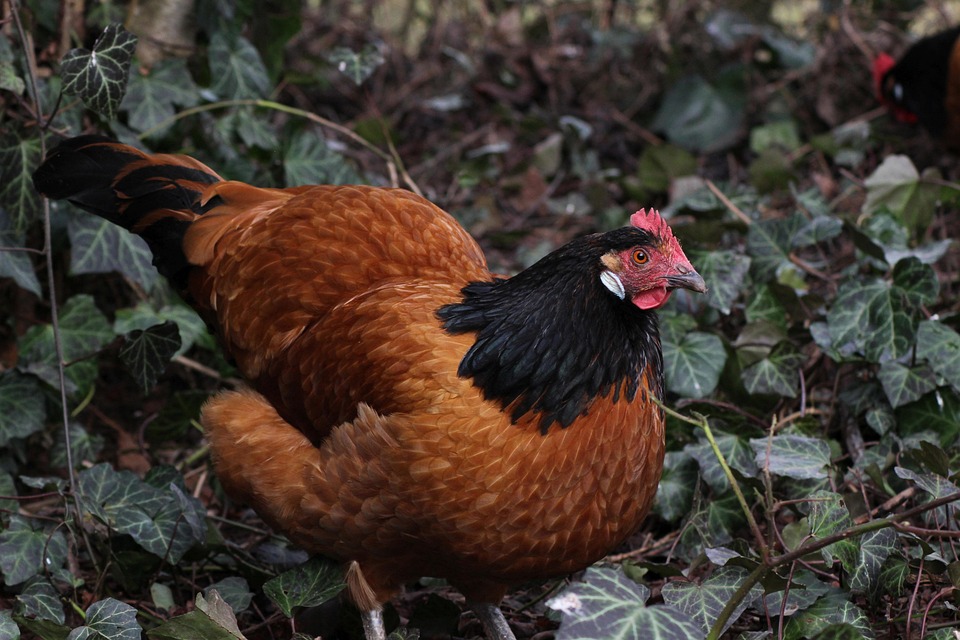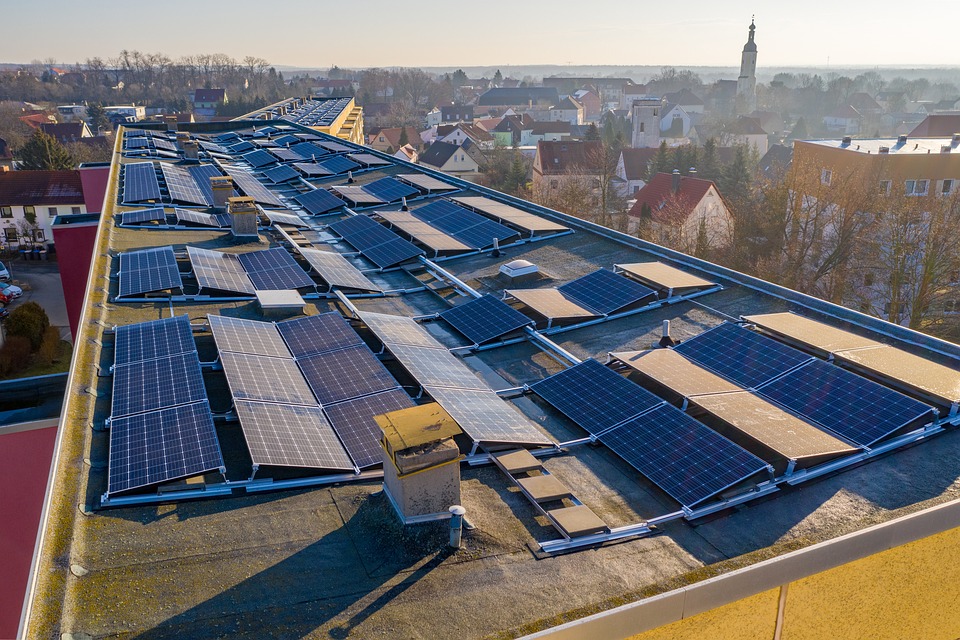**Vertical Gardening: Maximizing Space Sustainably**
# Vertical Gardening: Maximizing Space Sustainably Imagine stepping outside your back door, greeted not by barren soil but by a lush tapestry of green climbing the side of your house. That’s how vertical gardening transformed my outdoor space from an uninspired patch of grass into a vibrant mini-ecosystem. Vertical gardening isn’t just a trend; it’s a revolutionary way to maximize every inch of space while nurturing the planet. Whether you have a small balcony, an urban backyard, or a modest courtyard, vertical gardening offers abundant possibilities for sustainable living. ## Understanding Vertical Gardening Vertical gardening gives plants the space they need to thrive while requiring minimal ground cover. By growing upwards rather than outwards, you can cultivate more produce, flowers, or herbs without sacrificing valuable real estate. This method has garnered attention in recent years, especially among urban gardeners and sustainable farming enthusiasts eager to reclaim their connection to nature. ### Why Choose Vertical Gardening? 1. **Space Efficiency**: Vertical gardening optimizes limited space, allowing gardeners to produce a higher yield. 2. **Improved Airflow**: Plants grown vertically have better air circulation, reducing the chance of pests and diseases. 3. **Aesthetics**: Vertical gardens can serve as eye-catching structures, blending beauty with function. 4. **Accessibility**: Vertical gardens are perfect for those with limited mobility, making it easier to reach the plants. 5. **Microclimates**: Elevating plants can create a more controlled growing environment, shielding them from harsh weather. ## Getting Started with Vertical Gardening ### Choosing the Right Location The first step to a successful vertical garden is identifying the ideal location. Look for spots that receive adequate sunlight (usually at least 6 hours of direct light daily) and consider the surrounding environment. Is the area protected from strong winds? Does it have a nearby water source? ### Selecting Plants When selecting plants for your vertical garden, consider the growth habit, size, and sunlight requirements. Some popular vertical gardening plants include: – **Vining Vegetables**: Tomatoes, cucumbers, and beans can easily climb supports. – **Herbs**: Basil, parsley, and mint thrive in pots and can be neatly organized vertically. – **Flowers**: Nasturtiums, morning glories, and sweet peas add beauty while attracting pollinators. ### Designing Your Vertical Garden Structure The designs for vertical gardens can range from simple trellises to complex hydroponic systems. Here are some ideas to ignite your creativity: – **Trellises**: These classic structures support climbing plants, enabling them to grow upward. – **Wall Gardens**: Utilizing wall-mounted pockets or shelves allows for bedding plants, herbs, or even small vegetables. – **Stacked Planters**: Use tiered planter systems to maximize vertical space while keeping your garden highly accessible. – **DIY Repurposed Materials**: Old pallets, ladders, or gutters can be creatively repurposed to create unique garden displays. ### Soil and Fertilization Invest in quality potting soil to ensure your vertical plants have a nutrient-rich environment. Incorporate organic materials like compost, which not only enriches the soil but also improves drainage. Regularly check on the soil moisture and add a slow-release organic fertilizer to give your plants a sustained boost of nutrients. ## Maintenance: Keeping Your Vertical Garden Thriving Just because your plants are growing upwards doesn’t mean they’ll care for themselves. Regular maintenance is crucial for success: – **Watering**: Vertical gardens may require more frequent watering since they can dry out faster than traditional gardens. A drip irrigation system can be a game-changer. – **Pruning and Training**: Spend time guiding the plants as they grow to ensure they have ample space to flourish. This might involve pruning for shape or training vines onto trellises. – **Pest Monitoring**: Keep an eye on your plants for any signs of pests. Use natural deterrents such as neem oil or a simple soap and water solution. ## Pro Tips for Vertical Gardening 1. **Layering**: Use taller plants at the back and shorter plants at the front to maximize visibility and light exposure. 2. **Companion Planting**: Group compatible plants together. For example, plant basil alongside tomatoes, as they benefit from each other’s presence. 3. **Seasonal Planting**: Rotate crops seasonally to maintain soil health and keep your garden productive throughout the year. 4. **Natural Supports**: Incorporate natural materials as supports, like bamboo stalks or jute twine, to stay eco-friendly. ## Sustainability Meets Creativity Vertical gardening encourages innovative thinking and sustainable practices. Here are some additional approaches to incorporate into your vertical gardening journey: – **Water Harvesting**: Collect rainwater to irrigate your garden. Installing a rain barrel can provide an eco-friendly hydration solution. – **Composting**: Utilize kitchen scraps and yard waste to create compost that can enrich your vertical garden. – **Pollinator Habitats**: Add flowering plants to attract bees and butterflies, thus supporting local ecology. ## Troubleshooting Common Issues Every gardener encounters setbacks. Here are some common problems and quick fixes: – **Overwatering**: Ensure proper drainage in your planters to prevent root rot. Consider using self-watering systems if consistent watering is challenging. – **Insufficient Light**: If your plants are stretching or becoming leggy, reposition them to receive more sunlight, or consider using grow lights during shorter days. – **Pest Infestations**: Identify pests early! Hand-picking, using beneficial insects like ladybugs, or employing insecticidal soap can help mitigate outbreaks. ## Harvesting: Reaping the Rewards The joy of vertical gardening culminates in the harvest. – **When to Harvest**: Each plant has a specific window for optimal harvesting. Learn how and when to pick your crops to get the best flavor and nutrition. – **Preserving**: If you find yourself with a bounty, consider preserving or sharing your excess harvest with friends or neighbors. ## Conclusion Vertical gardening is a manageable, sustainable method to infuse your living space with greenery while maximizing every inch you have. It can transform bare walls and fences into vertical farms that yield delicious produce, fragrant herbs, and vibrant flowers. Regardless of your gardening experience, embracing vertical gardening can enhance your life and your connection to the earth. So grab your tools, select your plants, and let your creativity blossom skyward. Your vertical garden awaits, and with it comes a sustainable way of living









